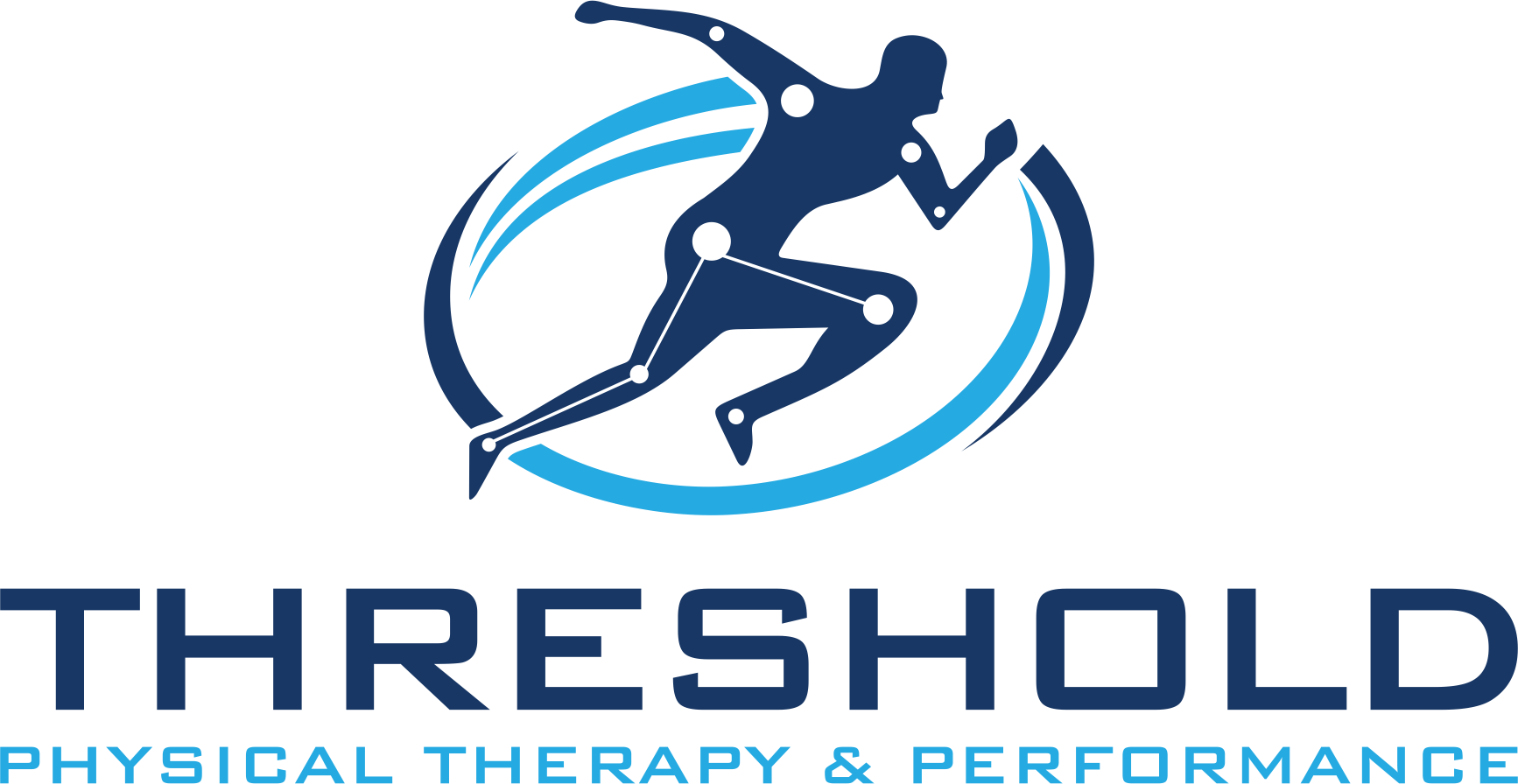As we talked about here, your opioids are not doing what you think they are…
Dr. Alan Jette, PT, PhD, FAPTA and editor in chief of Physical Therapy Journal eloquently noted, health policy action is urgently needed to alleviate the US health care system’s long-standing preoccupation with pharmacological approaches to pain management. This is so deeply indoctrinated that a 2016 survey noted 67% of doctors are, in part, basing their prescribing decisions on patient expectations, this is resulting in patients learning to associate quality of care with the liberal use of pain killing medications.
A 2008 article written by Mitra, defines opioid-induced hyperalgesia as a phenomenon whereby opioid administration results in a lowering of pain threshold, clinically manifest as apparent opioid tolerance, worsening pain despite accelerating opioid doses, and abnormal pain symptoms such as allodynia.
Wait… So we’re taking a medication to help with pain management, but it’s actually making our symptoms worse? Yep, you’ve got it!
Often times you’ll hear individuals who has been on opioid-based pain medications for longer periods of time say that their meds don’t really help anymore, regardless of how much they take… Or, that their symptoms seem to have gotten worse over the past months or years and they worry that something else is wrong or their condition is worsening…
It is important to keep in mind that pain is a warning signal, an alarm of sorts, and sometimes alarms let us know that something is wrong and sometimes they go off on accident. Consider that taking these opioid-based pain medications actually makes the alarm system more sensitive with more accidental warning signals and alarms. Instead of the system going off when a burglar is breaking in, it is going off when a bug tries to get in through the window…
The other thing that needs to be considered in a different light is notion these medications are the best way to treat pain and somehow necessary and help with the healing process improving quality of life. Interestingly, two articles, one in JAMA (2018) and the other in Health Services Research (2018) lending evidence to the fact that these notions are, in fact, false.
We see that for chronic low back, hip, and knee pain (at least) opioid medications were no better than non-opioid medications with regards to pain-related function over 12 months.
Additionally, individuals utilizing “opioid therapy” for chronic noncancer pain noted a lower health-related quality of life when compared to their counterparts.
Lastly, the American Academy of Orthopedic Surgeons, in a 2016 release, noted that those who decrease their pre-surgical opioid intake prior to surgery are more likely to have improved outcomes, decreased complications, and reduced post-surgical opioid use. Along the same lines, a 2018 article found that in a population suffering physical trauma, when compared to opioid-naïve (non-users) patients, opioid-dependent patients had longer length-of-stay in the hospital, more days on a ventilator, more non-home discharges, and higher readmission rates.
Take Home: not only are these medications addictive and dangerous, they are no better at controlling painful symptoms than over the counter medications after a fairly short period of time, they slow down or complicate the healing process, and they actually make your painful symptoms worse over time!
Additional Reading:
Why Exactly Are Opioids So Bad?
Physical Therapy First For Pain Management And Accelerated Healing


